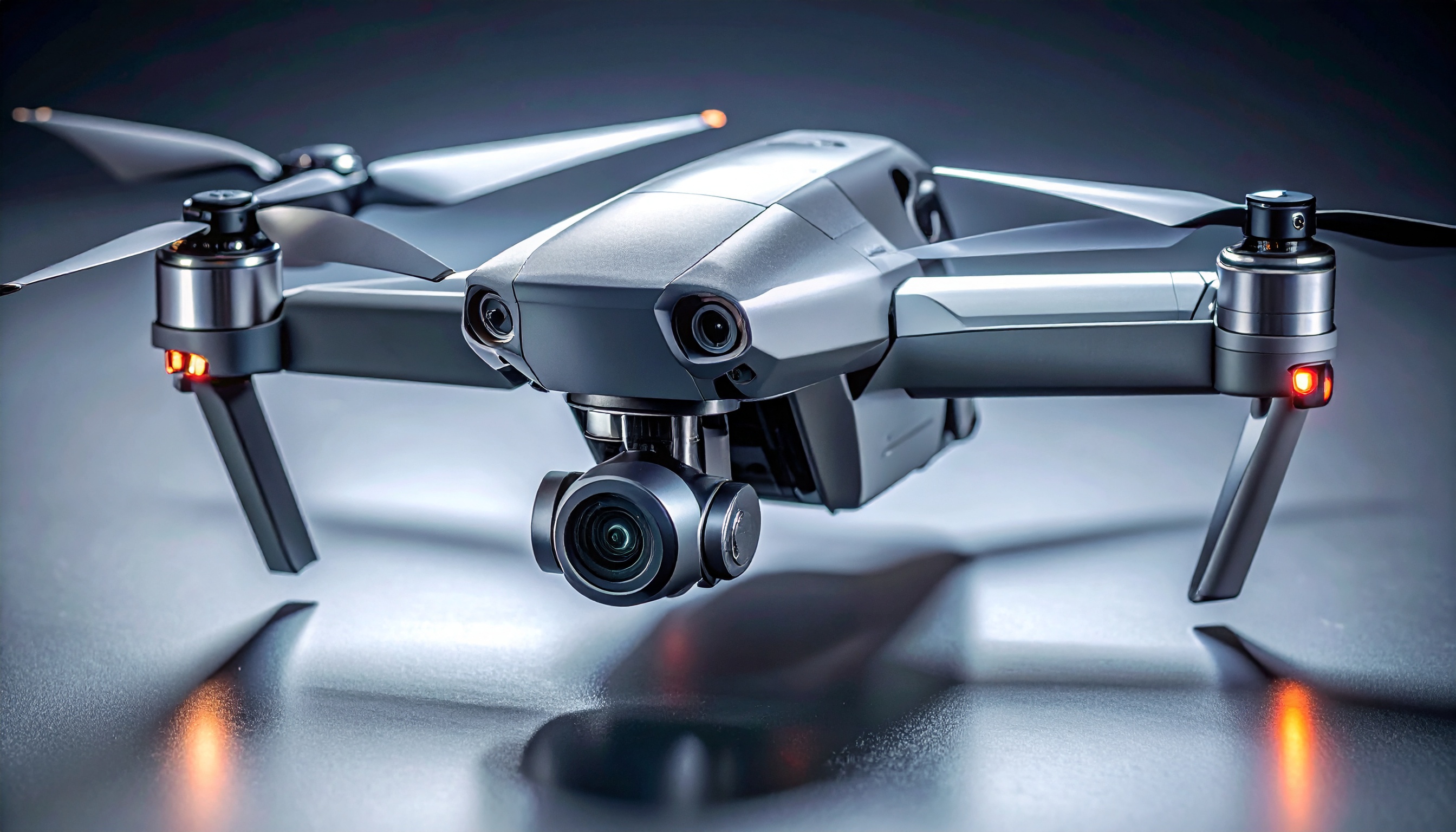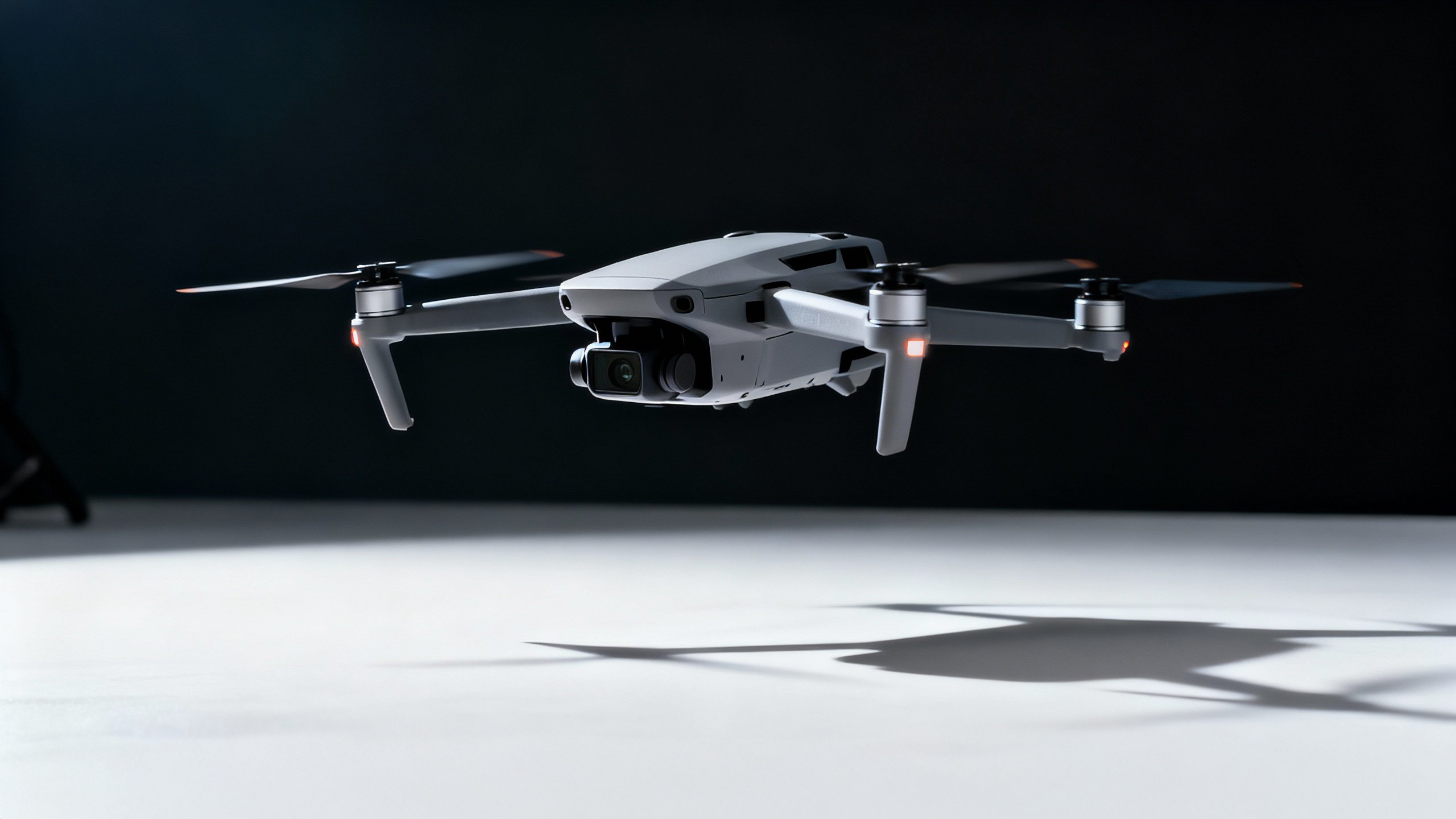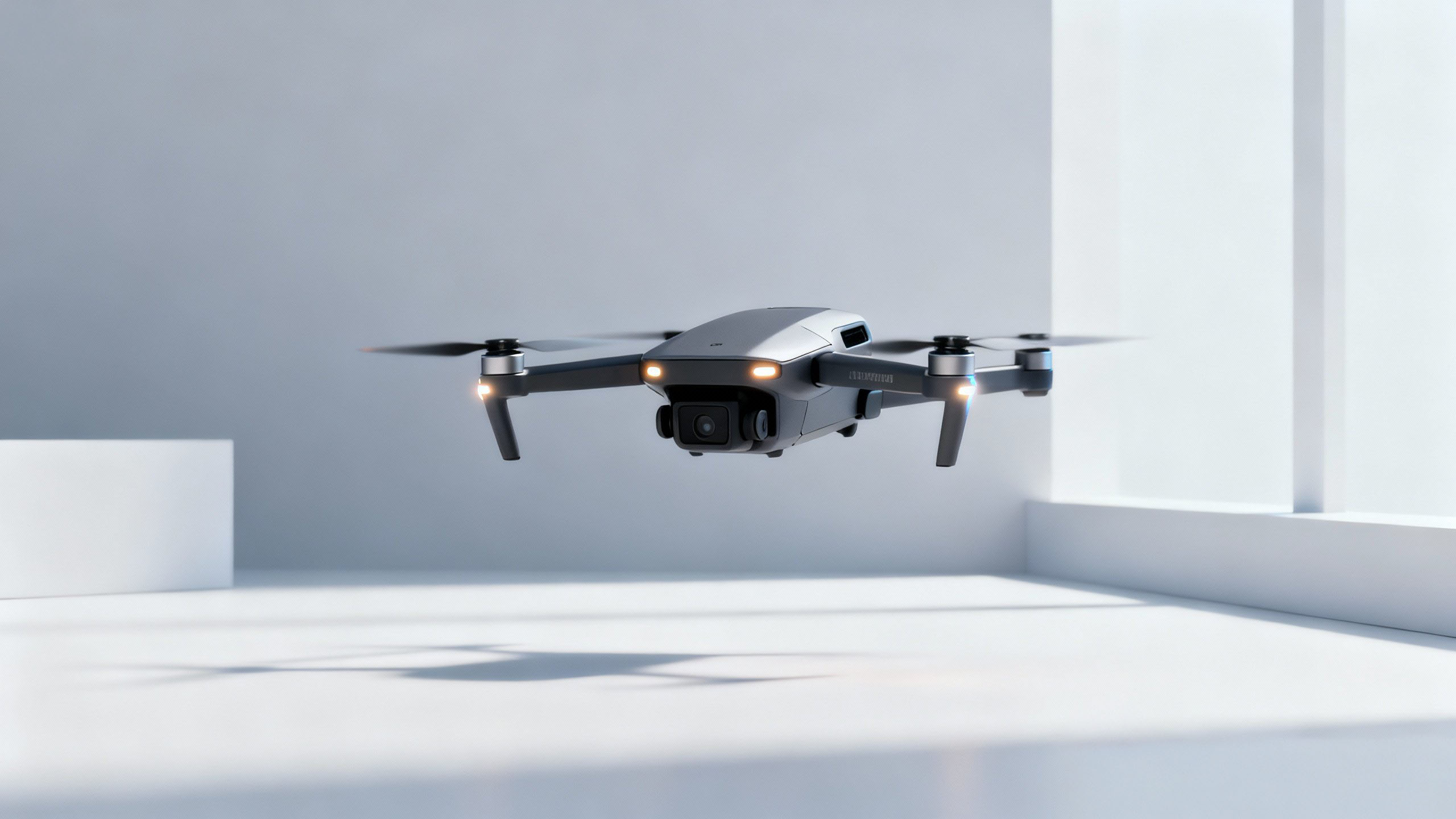Autonomous drone ecosystems: reshaping the future of aerial operations
From routine inspections to emergency response, fully automated drones are setting a new standard for efficiency, safety, and scale. Each deployment becomes smarter, each image more precise, and each mission less dependent on manual effort.
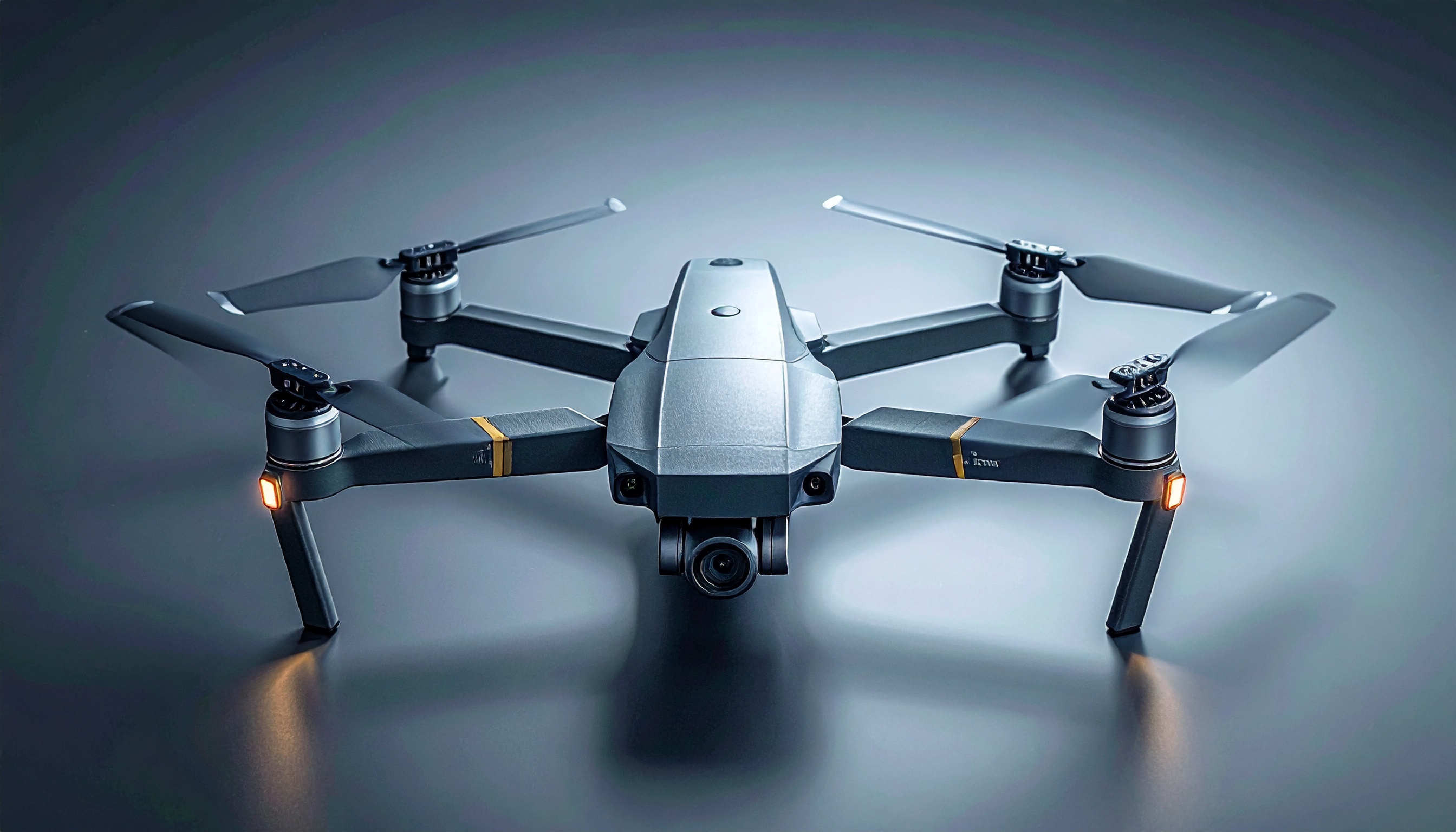
Redefining aerial workflows through autonomy
The evolution of drone technology has reached a tipping point: manual piloting and constant oversight are no longer required for critical tasks. Autonomous drone ecosystems integrate advanced navigation, intelligent scheduling, and self-maintaining infrastructure to transform how industries use aerial data. Whether mapping construction sites or monitoring power grids, the system delivers a hands-off, end-to-end solution.
This transition does more than eliminate repetitive labor — it creates new operational models where drones become persistent tools rather than occasional assets.
The docking station: the heart of autonomy
Every autonomous cycle begins and ends with the docking station. Designed as a secure hub, it automates launch, recovery, and charging in a seamless loop. Once a drone completes a mission, it returns independently, lands with centimeter accuracy, and begins charging without human involvement. Intelligent energy allocation ensures that each battery cycle is optimized for longevity and availability.
- Automated launch, recovery, and charging.
- Continuous readiness for multi-flight schedules.
- Adaptive energy management to extend battery health.
With this infrastructure in place, operators can run missions around the clock, confident that their fleet is always prepared for the next task.
Precision and safety at scale
Autonomous systems are designed to perform with accuracy that exceeds manual piloting. Using AI-driven flight planning, obstacle avoidance, and real-time telemetry, drones are able to operate safely even in crowded or difficult environments. Each mission is tracked, logged, and analyzed, providing full visibility into flight performance and system health.
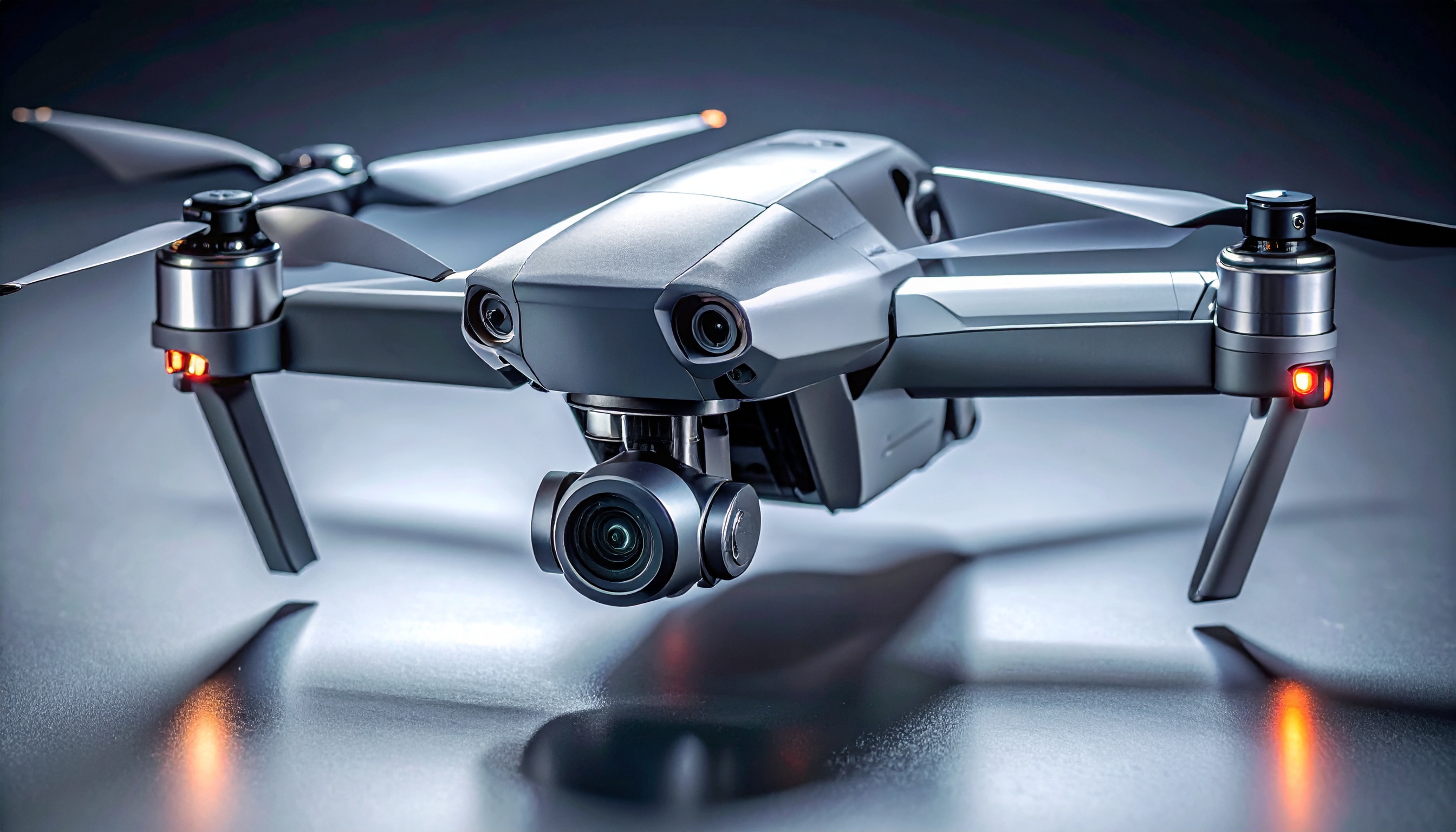
For organizations, this means fewer errors, more reliable data, and reduced risk — all while scaling operations far beyond what a human team could handle alone.
Engineered for real-world conditions
Reliability is critical when systems are deployed daily. Docking stations are built from weather-resistant composites, with protective housings and smart thermal regulation to maintain performance in diverse climates. Embedded diagnostic tools predict component wear, schedule maintenance automatically, and minimize downtime. The result is a platform designed not just for today, but for years of sustained deployment.
- Reinforced enclosures for durability in harsh weather.
- Predictive diagnostics to anticipate maintenance needs.
- Scalable design enabling long-term fleet management.
Unlocking value across industries
The impact of autonomous drones extends across multiple sectors:
- Infrastructure: automated inspections of bridges, pipelines, and energy networks, with AI analytics detecting anomalies early.
- Agriculture: precision mapping of crop health, soil conditions, and irrigation patterns for data-driven farming.
- Public safety: rapid response to emergencies, delivering situational awareness before first responders arrive.
- Environmental monitoring: persistent observation of ecosystems, wildlife, and climate conditions with minimal human disruption.
Each sector benefits from the same foundation: drones that are always available, always consistent, and always generating actionable insights.
Scalability redefined
The true promise of autonomy is scale. A single operator can now manage dozens of drones across vast areas, coordinating missions remotely through a central dashboard. Fleets can be deployed simultaneously or sequentially, depending on operational needs. This reimagines efficiency, allowing enterprises to cover more ground with fewer resources while maintaining precision and safety standards.
The path forward
Autonomous drone ecosystems are more than a technological upgrade — they represent a shift in how industries think about aerial operations. By merging automation, durability, and intelligence, these systems empower teams to do more with less effort. The result is a new era where drones are not just tools, but integral infrastructure for modern decision making.
This future is no longer aspirational. It is here, operating today in the most demanding environments, setting a new benchmark for what is possible from launch to landing.

